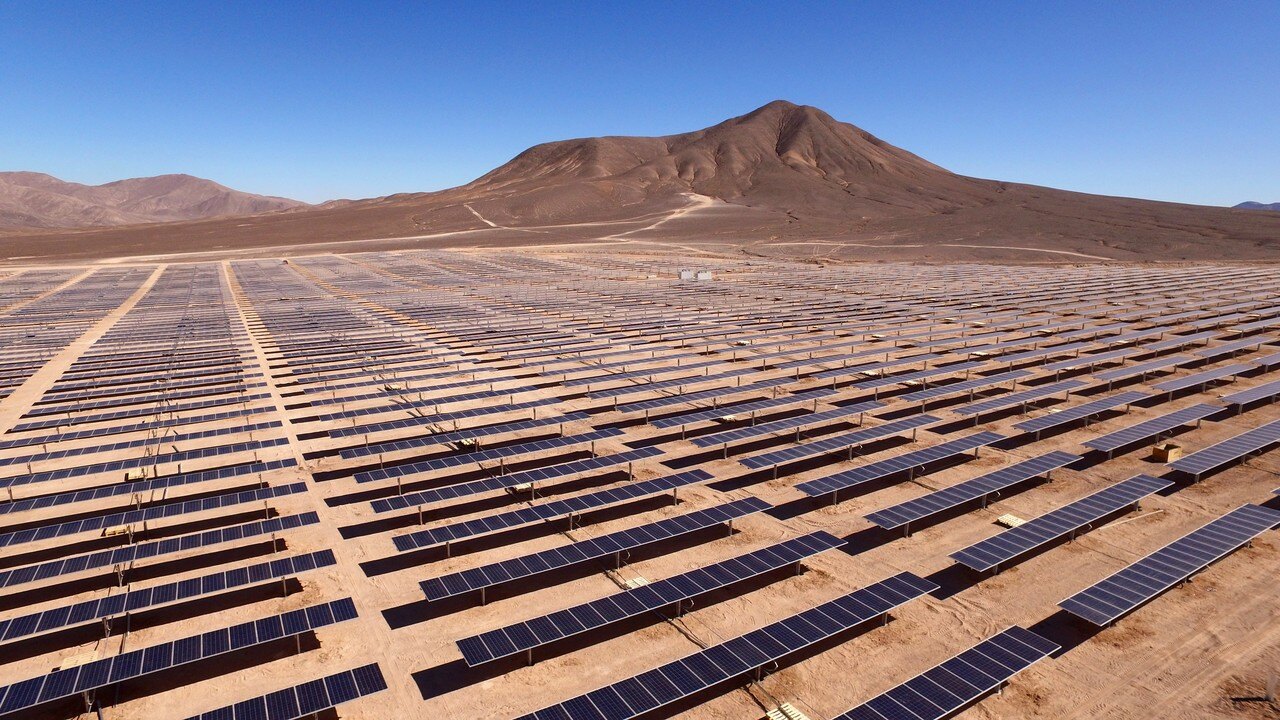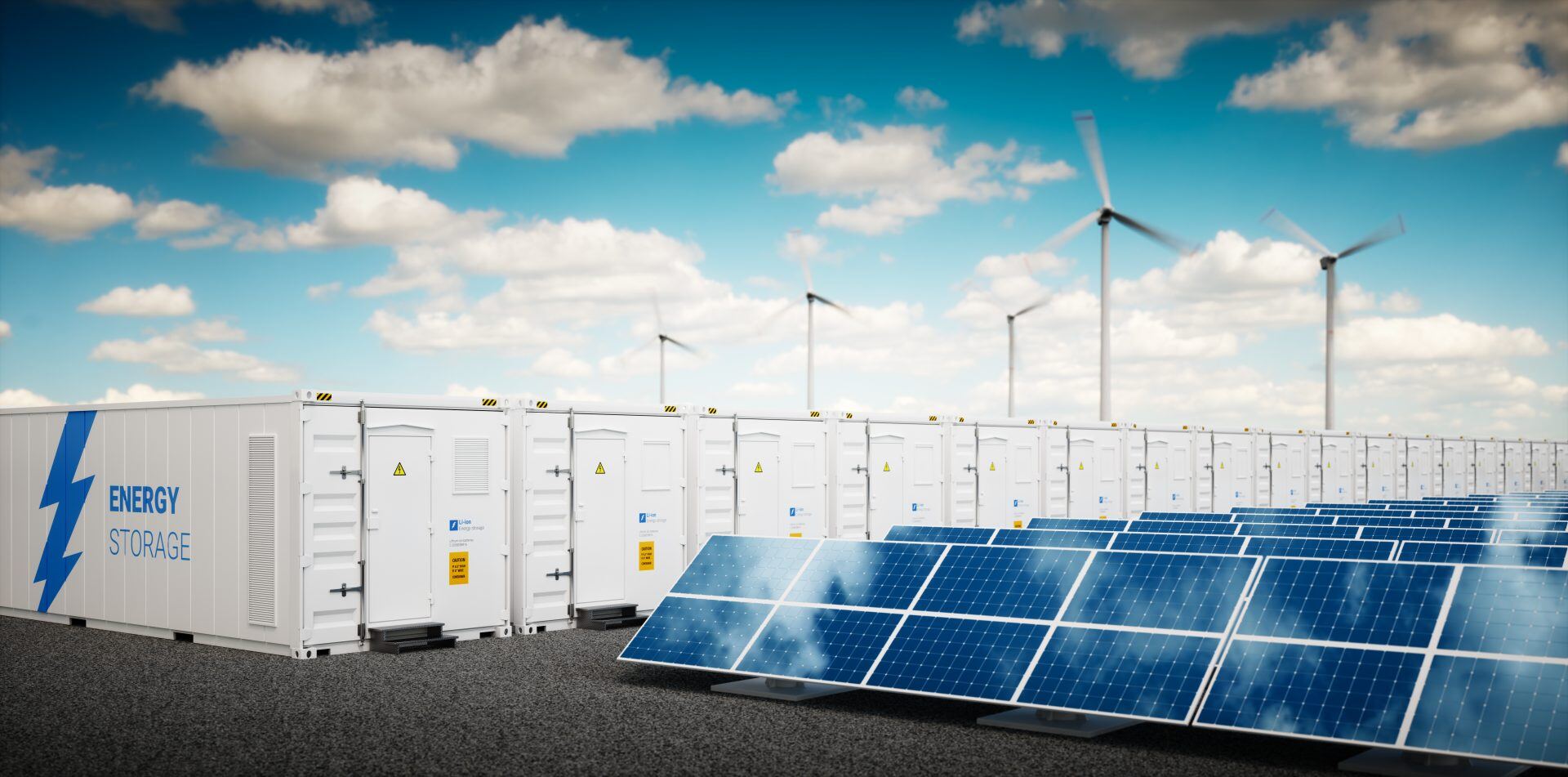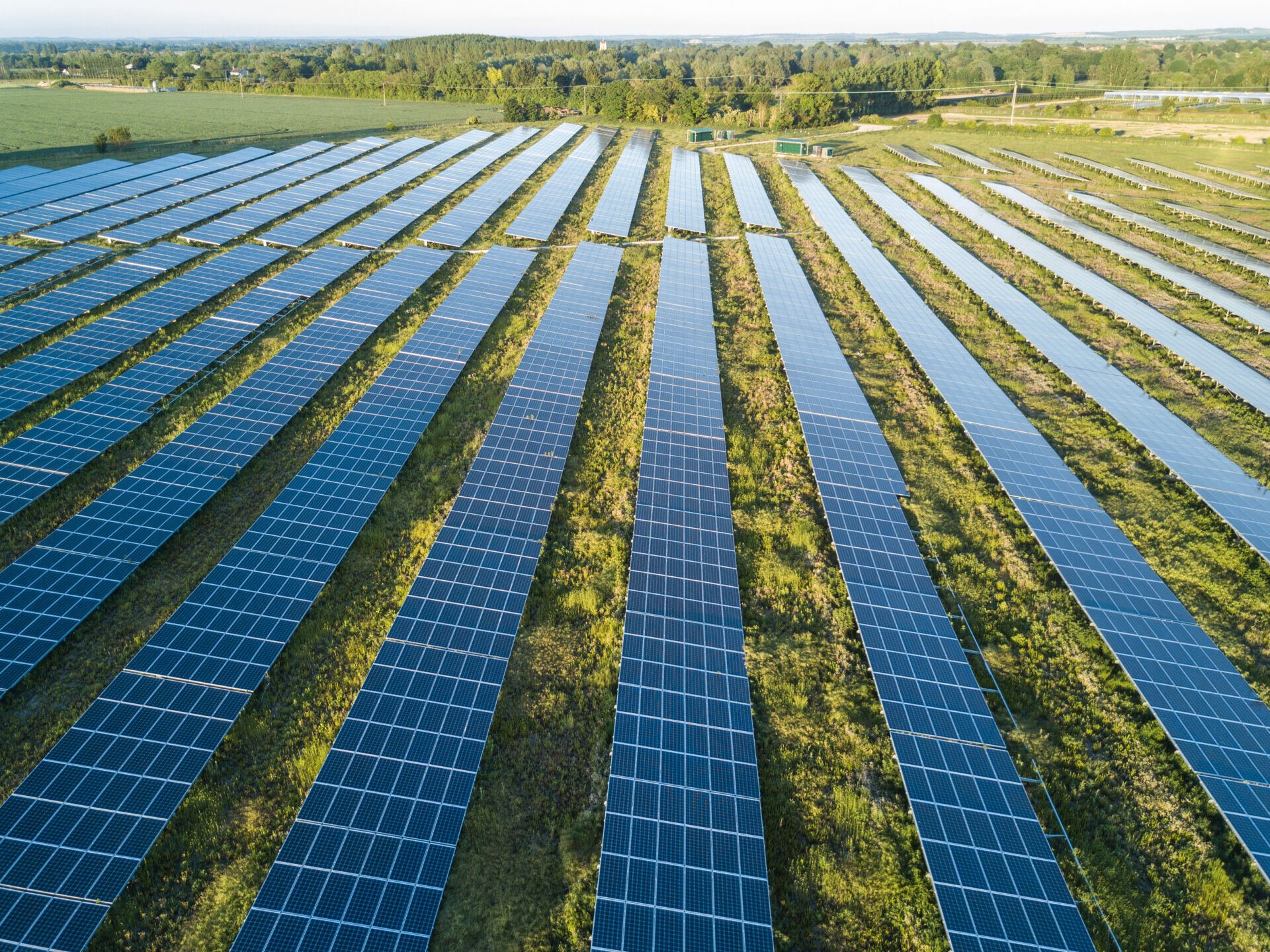Myth #1: Solar O&M is Easy

Stay in touch
Subscribe to our newsletter for expert insights, company updates, and the latest in renewable energy management solutions.
It’s been said that solar O&M is simple and, relative to running a nuclear or fossil power plant, it is. But simple shouldn’t be conflated with easy. While it may be technically simple compared to other power asset classes, solar operations presents a complex set of logistical and operating performance challenges.
One factor that makes solar O&M uniquely challenging is not so much the technical complexity of the maintenance tasks, but the logistics problem. Traditional fossil generating plants centralize the people, parts, tools and equipment at the jobsite. Everything needed to perform the maintenance task is standing by ready to perform the work.
When you’re managing dozens, hundreds, or even thousands of geographically diverse facilities on a very limited budget, you’ve got a complex logistics optimization problem that needs to be solved each and every day.
That’s not the case with solar. Nothing is centralized at the plant other than maybe a modest set of spare parts in a Connex box. We must get the right people, with the right parts and tools, to the right location at the right time. If you only manage a few local facilities, this might not be too difficult. But when you’re managing dozens, hundreds, or even thousands of geographically diverse facilities on a very limited budget, you’ve got a complex logistics optimization problem that needs to be solved each and every day.
Another factor that complicates solar O&M is the volume and lack of visibility into the operating performance of the generating assets. A 500 MW coal project typically has two highly instrumented electric generators. When those generators experience a forced outage or derating, everyone is automatically informed. A typical 500 MW solar project has over a million non-instrumented electric generators. When those generators experience a forced outage or derating, no one is informed.
To detects these “small cuts” that are bleeding revenue, we need a sophisticated combination of real-time monitoring, asset-centric work management systems and aerial imagery or drone technology.
In the solar power industry, this has been called “death by a thousand cuts.” Until about a thousand of these generators fail, we won’t see the effect from our typical inverter-based monitoring system. To detects these “small cuts” that are bleeding revenue, we need a sophisticated combination of real-time monitoring, asset-centric work management systems and aerial imagery or drone technology. Think about that. When a fossil generator trips everyone knows about it — the peace and quiet are appreciated! When a solar generator trips, we must utilize state-of-the-art technology and clever maintenance practices to detect it.
So next time someone says, “solar O&M is simple”, enlighten them by responding, “it may be simple, but it’s not easy.”
Steve Hanawalt is a founder and executive vice president at Power Factors.


.jpeg?width=2000&name=AdobeStock_691268307%20(3).jpeg)


